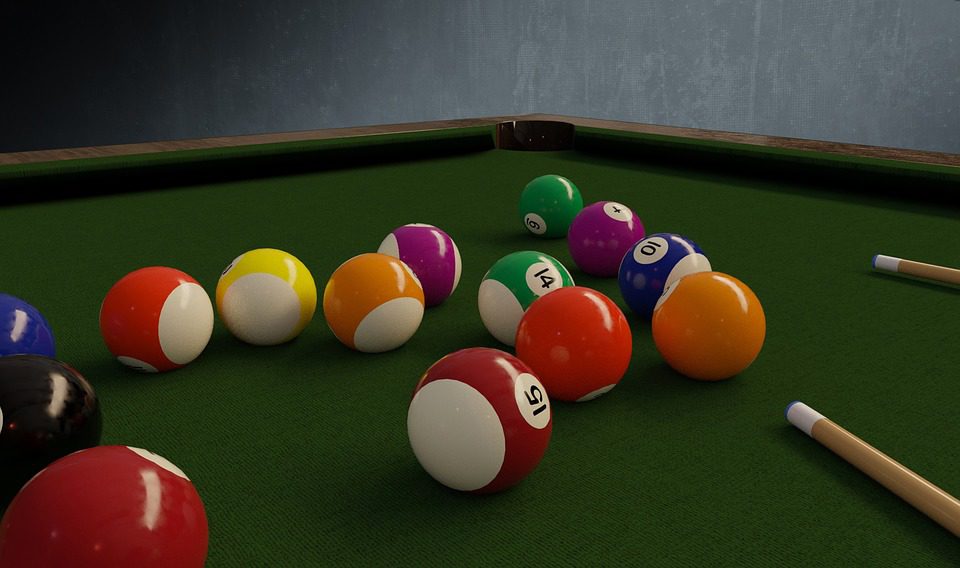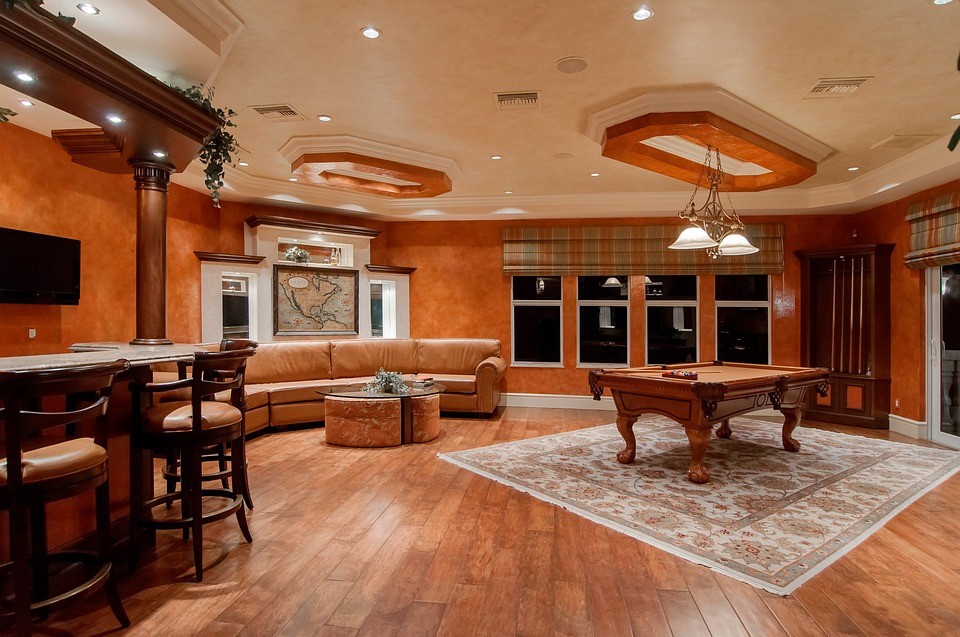
Browse through any antique shop and you will marvel at the durability of handmade family heirlooms that stand the test of time. A billiards table is no different. A solid frame built with quality materials can outlast tables that are chic but made cheaply solely to fit your decor. A few quick hints: quality doesn’t mean new, examine the outer appearance and pay attention to the frame.
Even if you’re seeking to simply upgrade a basement play-space, spotting an excellent new or used billiards table and housing it in your den can really up the ante for your weekend plans. A well-made billiards table brings back images of yesteryear and can heighten your social gatherings for years to come.
Here are six tips for spotting excellent billiards table craftsmanship that stands the test of time.
1. Look for Quality Materials
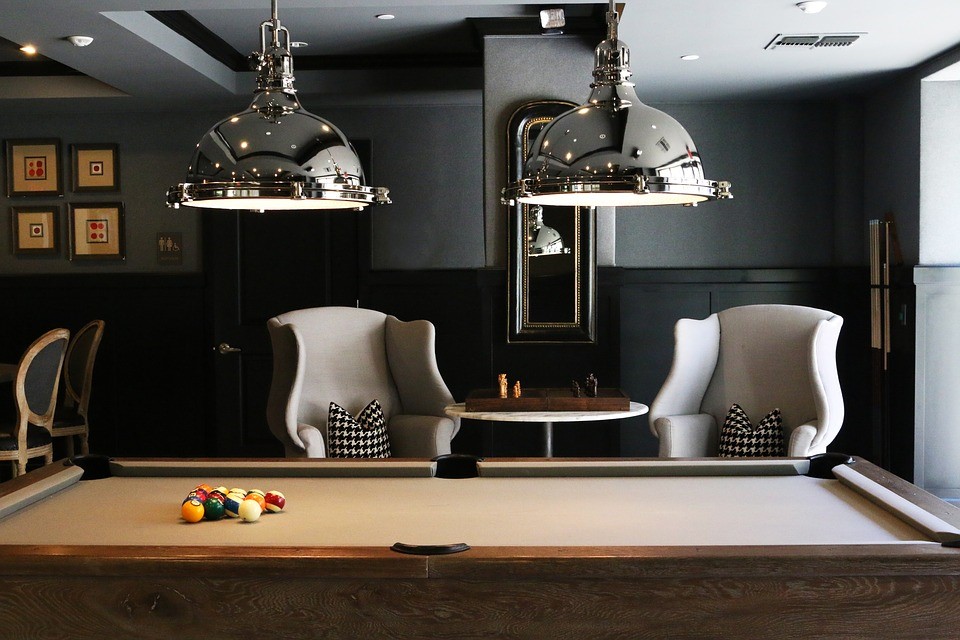
Considering the materials used to construct your table is a must if the lifespan of your table is a top priority. You can find a table made of softwood, metal, wood substitutes and plastic but hardwood is by far your best buy of the ages. Here are some of the benefits:
- Hardwoods resist wear and are easily refinished when need be
- They provide the necessary structure for appropriate leveling and gameplay
- Hardwoods hold value better than most other materials
It’s pretty easy to find a solid hardwood billiards table in lightly used condition. Many homeowners keep their tables until it’s time to downsize and sell them at a loss if you are willing to do the moving. If you’re looking for something new, this table offers the same rustic appeal using restored hardwood.
2. Examine the Frame
An unstable frame easily collapses under stress, humidity, and regular aging. Quality frame construction requires strength and flatness for perfect game playing. If you’re looking for a simple family table that the kids can use, this may not be an essential element. But if you want to enjoy your game for years to come, solid frame craftsmanship is a must:
- If you see a thin sheet of plywood used as a platform, take a pass
- Look for a 4”x2” piece of hardwood glued and screwed to the top of the frame for stability
- Examine the table for cross members on the frame that give additional support
When you buy a new table, it’s often assembled at the factory and tested for its flatness. A used table doesn’t have quite so much reliability so make sure you carefully examine the underside for warning signs.
3. Slate
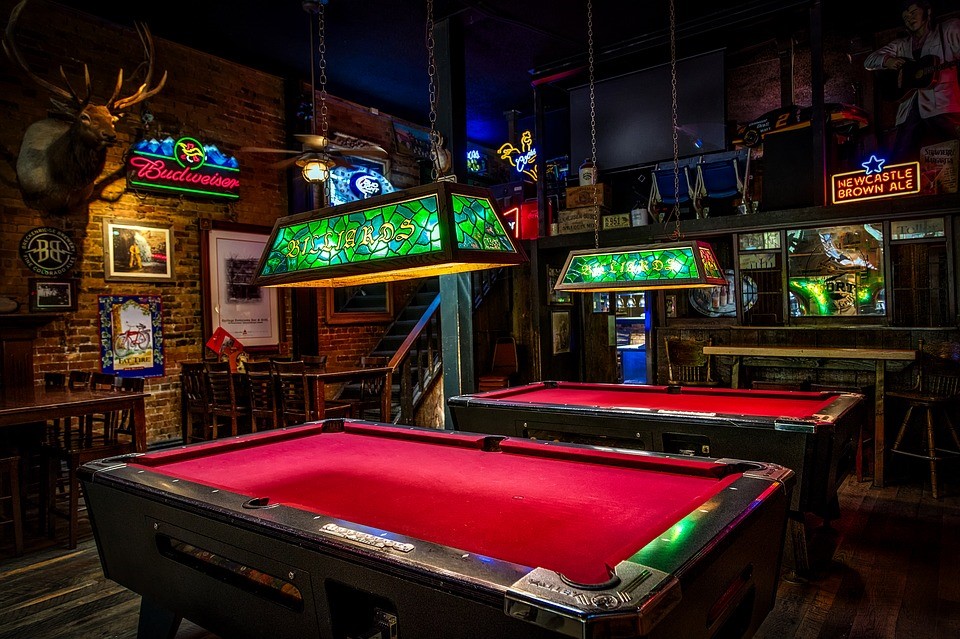
When shopping for your perfect table, you’ll hear a lot about slate. Slate is the only surface material that levels to 1/10,000 of an inch so that your shot goes straight every single time. If you’re looking for craftsmanship, and slate is a clear mark of an amazingly well-made table.
- Be wary of slate imitation material such as plywood, fiberboard, slatine or slatex
- If you want only the best, the Billiard Congress of American recommends 1” slate as ideal
- Beware of dealers who substitute 1” slate with something less
If you aren’t a serious player, you might not make slate a priority. True billiards players will notice the difference.
4. The Legs
The legs of your table are a dead giveaway to your taste and style. Clawfoot legs exude an old-world charm whereas sleek and slender send a message of modern design.
- Carved legs tend to come at a higher cost due to the detailed work involved
- Oversized legs make a statement and are much pricier
- Better quality tables are built with leg mounts to help support the weight of the table
Examine the legs carefully. Some newer tables have smaller or hollow legs that reduce the cost of manufacturing the table. Older tables may have their dents and scratches, but the legs add weight (and support) to the structure.
5. Cloth or Felt
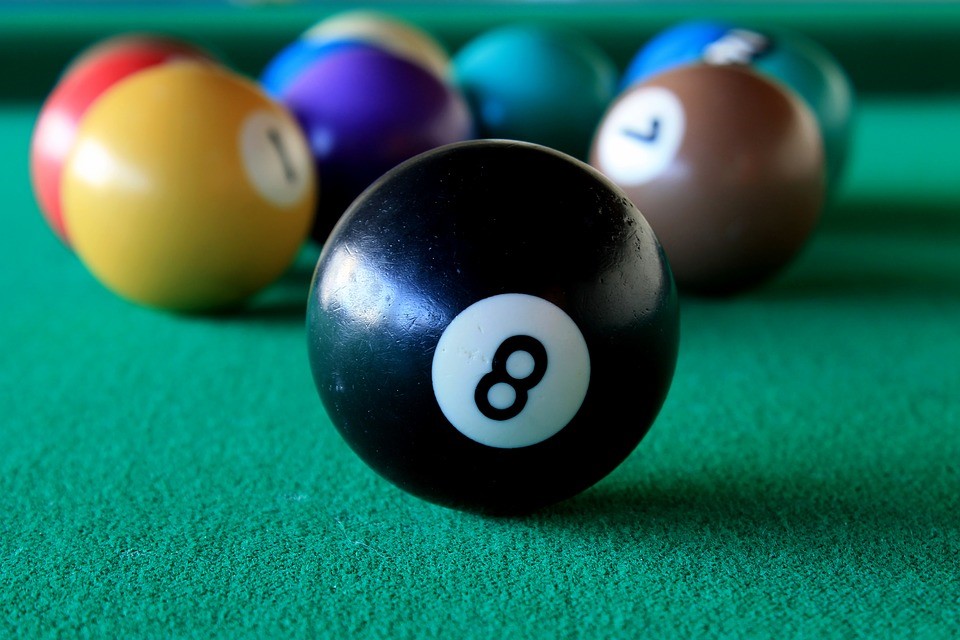
If the felt of your table is in poor condition, players will notice once their shots start going astray. Modern tables are typically fitted with a wool and nylon blend. Here’s the lowdown on how to spot cloth or felt that is sure to last:
- Quality cloth or felt can last about a decade when cared for but rips commonly occur over time
- For the best speed and traction, worsted wool felt is the cover found on most professional tables
- Woolen felt serves a utilitarian purpose but develops pills after time which slows down your ball
If you don’t like the cloth or felt on a billiards table but love the table itself, the good news is you can reupholster it in the same way you would an antique chair or sofa – but that comes at a price. To keep your game top-notch, consider a newly upholstered table with professional-grade cloth or felt.
6. The Finish
Spotting good craftsmanship is as simple as examining the finish. Budget tables might have a veneer surface and are best avoided as an investment even though they resist scratching. Oil-based finishes exude class and add a bit of shine to your table.
- Choose a maple finish for an elegant look
- Oak forgives minor scratches more easily
- For a satin finish, choose mahogany
Don’t like the finish of the used table you’ve fallen in love with? It’s possible to sand it down and refinish in the style you prefer as a DIY labor of love – or hire someone to do the job for you. Keep an eye out for rare types of wood and finish. Rosewood, zebrawood or Walnut are particularly durable and can be kept looking new for ages.
7. The Final Touches

No table is complete without the accessories to go with. A brand-new package deal comes all-inclusive, but you might want to shop for some individual touches a maple cue set or shelf for rest during the game. Happy playing!
IMG 1: Link
File: rec-room-living-room-recreation
Alt: pool table in rec room
IMG 2: Link
File:billiard-table-chairs-furnitures
Alt: really class chairs and table
IMG 3: Link
File: billiards-pool-tables-bar-pub
Alt: billiards in bar or pub
IMG 4: Link
File: snooker-billiards-game-balls
Alt: Felt close-up
IMG 5: Link
File:guy-playing-billiard-pool-table-men Alt: guy playing billiards
